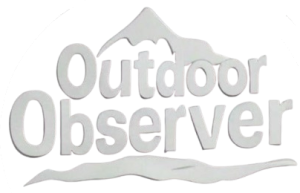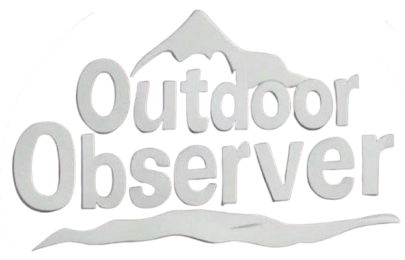This Content Is Only For Subscribers
In the high deserts of South America, shimmering salt flats are being drained—not by tourism, but by the global demand for electric vehicles and renewable energy storage. Lithium, the silvery-white metal critical to battery production, is at the heart of this industrial rush. But while lithium-ion batteries power a cleaner future, the way lithium is extracted raises serious environmental and ethical concerns.
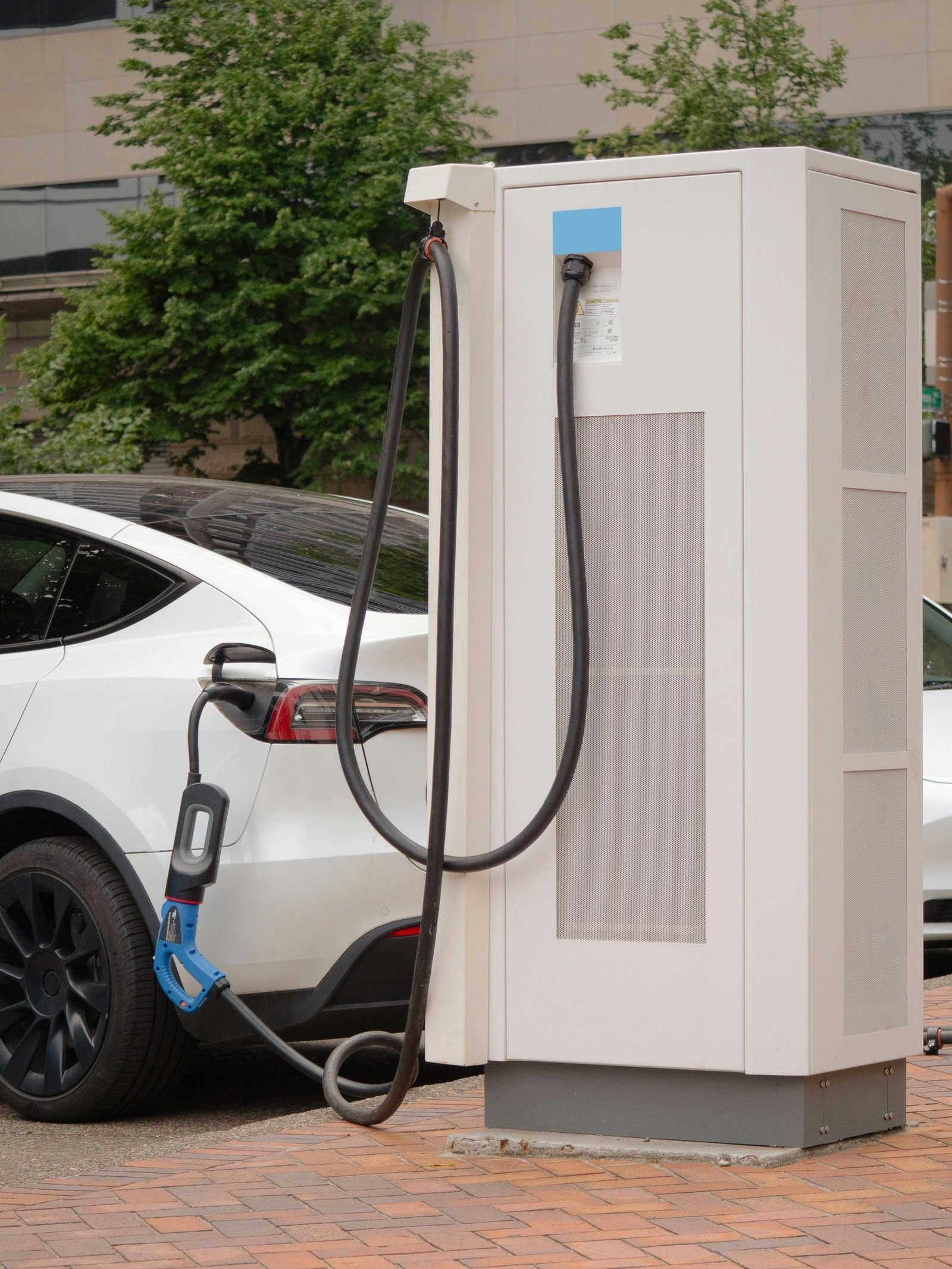
The Rush for Lithium
Lithium is primarily mined from two sources: hard rock (mostly in Australia) and lithium-rich brine under salt flats in South America’s “Lithium Triangle”—Chile, Bolivia, and Argentina. According to the U.S. Geological Survey, Chile alone accounts for roughly 30% of the world’s lithium reserves.
The extraction process in brine regions involves pumping groundwater to the surface and allowing it to evaporate in large pools, concentrating the lithium over 12–18 months. While this process is less carbon-intensive than hard rock mining, its environmental costs are substantial.
Environmental Strain
One of the most pressing concerns is water use. In Chile’s Atacama Desert, one of the driest places on Earth, mining operations consume enormous amounts of groundwater. A 2021 report by the Observatorio Plurinacional de Salares Andinos found that lithium extraction uses approximately 500,000 gallons of water per metric ton of lithium.
This water is diverted from ecosystems and indigenous communities. Local farmers in the Atacama region report dried-up wells and vanishing wetlands, threatening traditional agriculture and biodiversity.
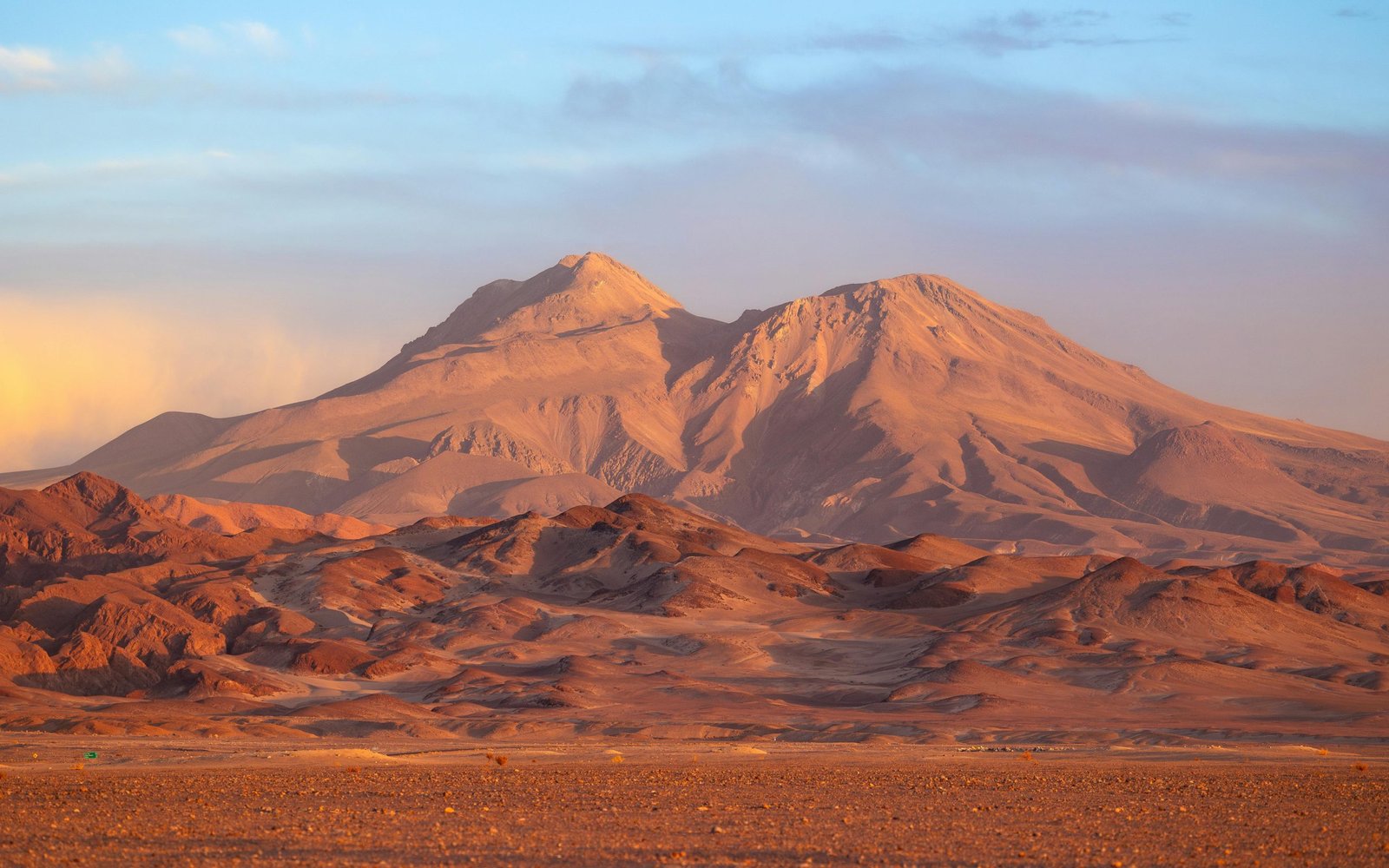
Land Degradation and Pollution
Besides water concerns, lithium extraction also affects the land. Brine mining changes the salinity of the soil and disrupts the fragile salt flat ecosystems. There is also the risk of chemical leakage, which can contaminate nearby water sources
Human and Ethical Implications
Cobalt, another key battery component, is mainly mined in the Democratic Republic of the Congo, often under conditions linked to child labor and poor worker safety. While not directly tied to lithium itself, these overlapping supply chains raise broader ethical questions about the “clean” image of renewable energy.
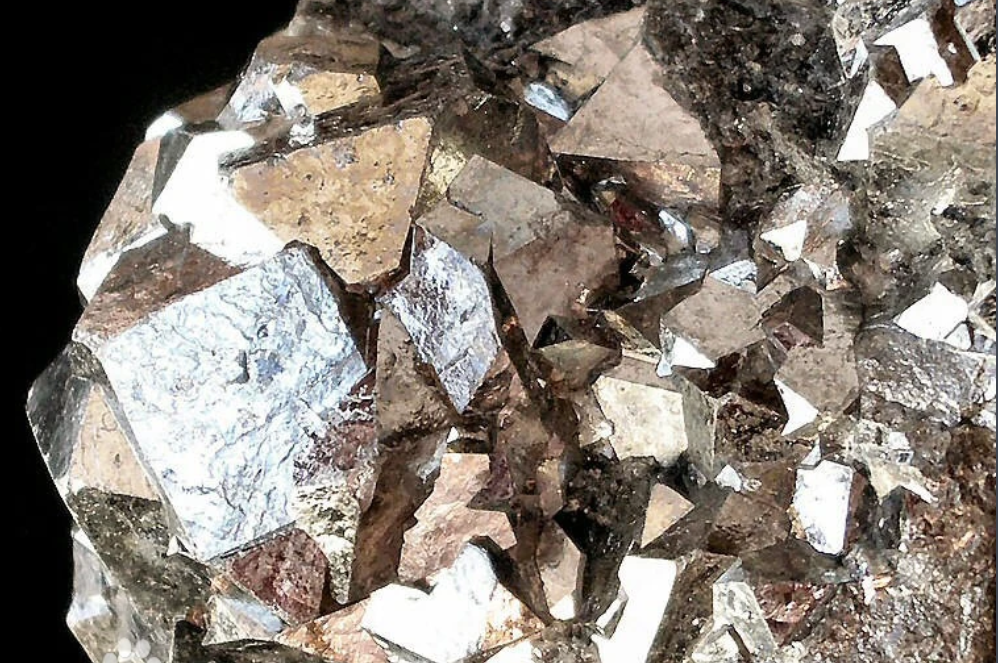
Looking Ahead
To mitigate these concerns, some lithium producers are shifting toward direct lithium extraction (DLE)—a newer method touted as more efficient and less water-intensive. However, these technologies are still in early stages and not widely adopted.
Governments are beginning to respond. The U.S. Inflation Reduction Act (2022) includes incentives for sourcing battery materials responsibly and domestically. But many environmental groups argue that stronger safeguards are needed.
As one Bolivian hydrologist put it in a 2023 interview with Nature, “We are exporting water in the form of lithium.” It’s a sobering reminder that the foundation of green technology still rests on extractive industries.
